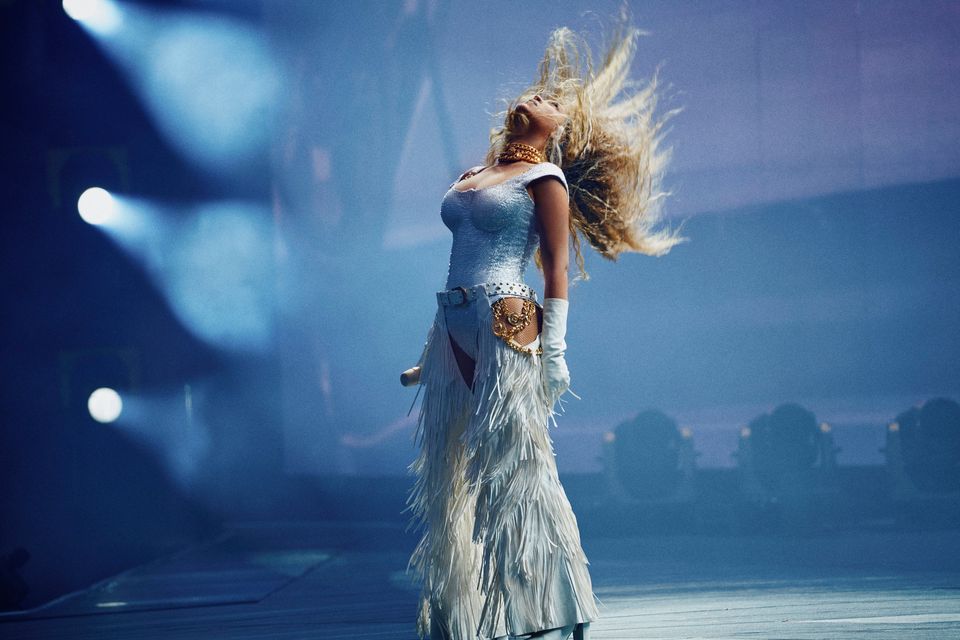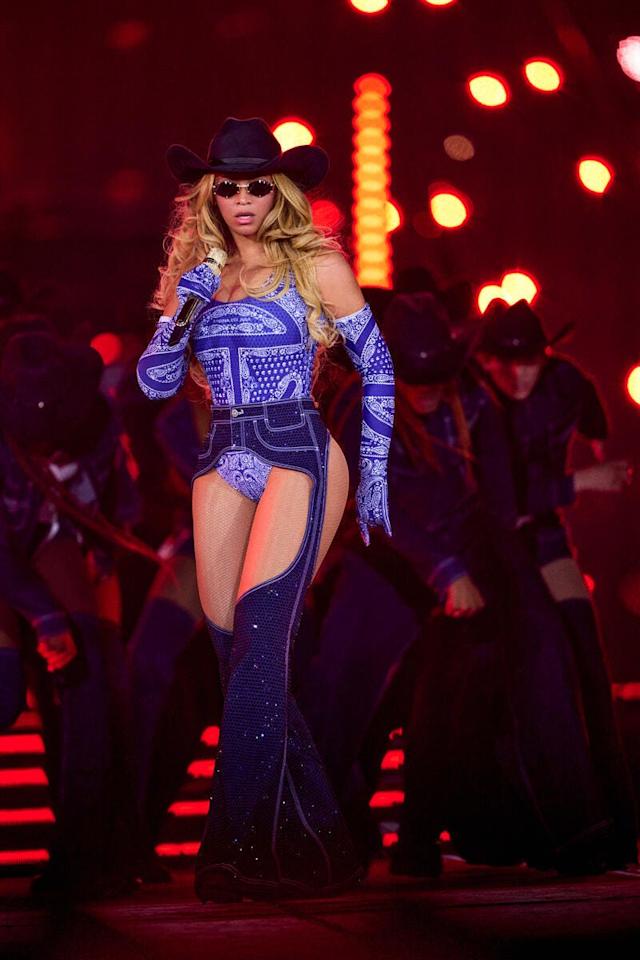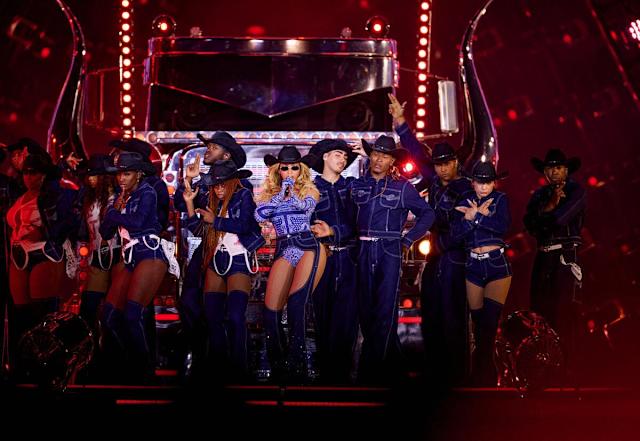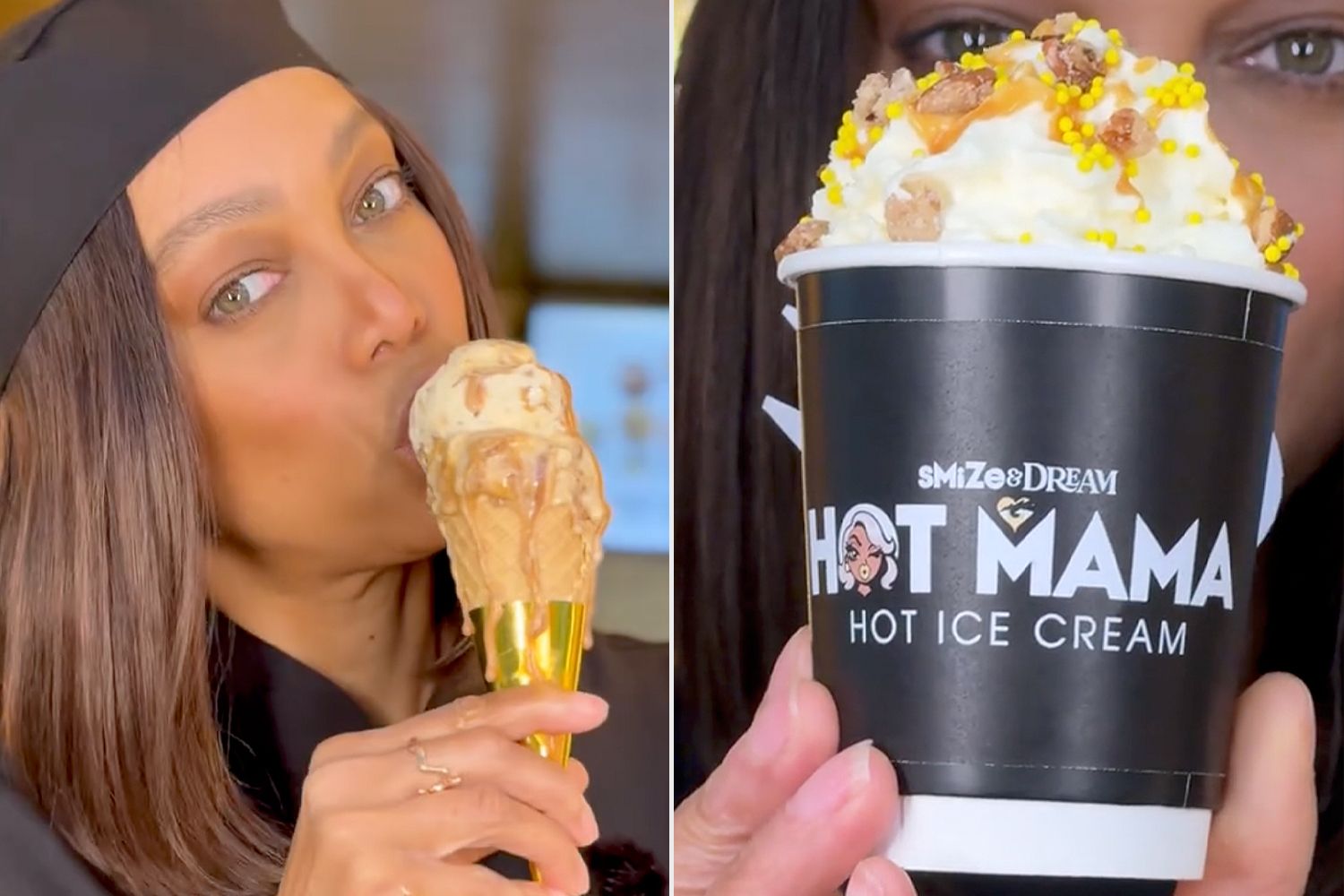When Beyoncé Knowles-Carter took the stage at Tottenham Hotspur Stadium on June 5 for the London debut of her Cowboy Carter and the Rodeo Chitlin’ Circuit Tour, fans knew they were in for something special. But even with the highest expectations, few could have predicted the surprise Beyoncé had in store: the live tour debut of “Energy,” the viral fan-favorite track from her 2022 album Renaissance.
The night was charged — both literally and figuratively — as the global superstar merged the visual and sonic landscapes of Cowboy Carter with the enduring legacy of Renaissance, crafting a setlist and performance that paid tribute to her expansive musical journey while anchoring her firmly in the present cultural moment.
This concert marked Beyoncé’s first of six shows at Tottenham Hotspur Stadium — June 5, 7, 10, 12, 14, and 16 — and her first overseas performance for the Cowboy Carter tour. Following the tour’s high-energy launch in Los Angeles at SoFi Stadium on April 28, Beyoncé brought the full force of her vision across the Atlantic.
London has always held a special place in Beyoncé’s heart and career. From iconic performances at Glastonbury to her triumphant Formation World Tour stops, the UK has consistently embraced her artistry. But this tour is different. Cowboy Carter isn’t just another stop on the map; it’s a bold artistic statement rooted in genre reinvention, cultural commentary, and personal legacy.
Fans were already riding high on anticipation when Beyoncé launched into her powerful, genre-spanning setlist. Known for curating shows that feel more like immersive experiences than standard concerts, she didn’t disappoint. Toward the end of the show, the familiar pulsing beat of “Energy” filled the stadium — and the crowd exploded with excitement.
Why was this such a big deal?
Until that night, “Energy” had not been performed on the Cowboy Carter tour. While Beyoncé had included a segment dedicated to songs from her Renaissance era, the track — which sits at the intersection of house, funk, and hip-hop — had been noticeably absent. Fans had long speculated whether she might reintroduce it at some point, especially given its viral popularity during the Renaissance World Tour.
And then, without warning, she did.
As soon as Beyoncé reached the lyric “look around everybody on mute,” the stadium fell into an expectant hush — fans knew what to do. The “mute challenge,” which became a hallmark of the Renaissance World Tour, made its triumphant return. The challenge is simple in concept but difficult in execution: the audience must go completely silent for a brief moment after the iconic lyric.
It’s a moment of pure performance synchronicity — a test of fandom, focus, and collective power. And London passed with flying colors. Videos from the night show thousands of fans holding their breath, phones poised, eyes fixed on the stage. For a few surreal seconds, the stadium was still. Then the beat dropped again, and the crowd erupted.

Social media lit up immediately. One fan tweeted, “I can’t believe we got ‘Energy’,” while others shared clips and reactions that quickly trended across platforms. In an era where surprise moments go viral within minutes, Beyoncé reminded the world of her unmatched ability to orchestrate collective awe.
The Cowboy Carter and the Rodeo Chitlin’ Circuit Tour is not a simple continuation of Beyoncé’s previous tours. It represents a radical shift — a departure from the sleek futurism of Renaissance into a world steeped in Americana, Black Southern history, and country roots.
Drawing from her latest album Cowboy Carter, which boldly reclaims country and Americana spaces for Black artists, the tour blends traditional country aesthetics with Beyoncé’s signature flair. The visuals are rich in texture — leather, fringe, cowboy boots, gospel choirs, and barn-style stage setups. But beneath the spectacle is a deeper narrative about cultural ownership, genre boundaries, and ancestral homage.
In many ways, the tour is a love letter to forgotten histories — especially those of Black cowboys, musicians, and storytellers who helped shape American culture but were too often erased from its mainstream narratives.
As always, Beyoncé’s setlist is a masterclass in storytelling. Over the course of roughly 39 songs, she weaves together her discography with seamless transitions and reimagined arrangements.
The set includes hits from Cowboy Carter like “Texas Hold ’Em,” “16 Carriages,” and “American Requiem,” which blend acoustic instruments with modern production. But she also dips into fan-favorite eras, bringing back songs from Renaissance, Lemonade, and even earlier works like B’Day and Dangerously in Love.
What stands out is how effortlessly Beyoncé shifts between genres. One moment, she’s crooning with country twang, the next, she’s dropping into a bass-heavy house groove. It’s genre-fluidity at its finest — not as a gimmick, but as a lived reality of a Black woman who refuses to be boxed in.

No Beyoncé tour would be complete without its fashion moments — and Cowboy Carter delivers in spades. From bedazzled cowboy hats to rhinestone-studded chaps, each look is a conversation between past and future, tradition and rebellion.
She’s not just dressing the part of the cowboy — she’s reclaiming it. Beyoncé’s looks echo the swagger of Western heroes while infusing them with high fashion and Black cultural aesthetics. Designers from Balmain to custom Black-owned labels have contributed to the tour’s wardrobe, turning each outfit change into a runway moment.
Family also plays a significant role in this tour. Her daughter Blue Ivy, who became a fan-favorite dancer during the Renaissance tour, has made select appearances. Beyoncé has spoken openly about how this era — particularly Cowboy Carter — is influenced by her desire to tell the stories of her lineage, of Southern roots and Black pride. The familial undertones are felt deeply throughout the performance, especially during gospel-infused numbers and spoken word interludes.
Beyond the glitz and choreography, Beyoncé is using this tour as a platform for cultural commentary. Cowboy Carter is, at its heart, a project about reclamation. In a music industry that often sidelines or sanitizes Black contributions to genres like country and folk, Beyoncé is staking her claim unapologetically.
Her tour performances reflect this mission. From background visuals that reference Black cowboys and civil rights icons to moments of silence dedicated to racial justice, the show is layered with meaning. She’s not just singing — she’s teaching, archiving, and resisting.
And that’s why her surprise performance of “Energy” felt so significant. In bringing back a moment from Renaissance, she bridged the gap between two of her most powerful eras. It was a reminder that Cowboy Carter isn’t a departure — it’s a continuation of her ongoing evolution as an artist and activist.
With five more shows scheduled in London (June 7, 10, 12, 14, and 16), anticipation is at an all-time high. Fans are already speculating whether other surprises might emerge — will more Renaissance tracks make a comeback? Will new collaborations be unveiled?
After London, Beyoncé heads to Paris for a three-night run, followed by stops in other major European cities before returning to North America. If her London debut is any indication, each show will be unique — tailored not only to its location but to the cultural moment in which it exists.

Beyoncé’s first night in London for the Cowboy Carter tour wasn’t just a concert — it was an event. With a surprise performance of “Energy,” the return of the “mute challenge,” and a setlist that defied genre and expectation, she proved once again why she’s one of the most important performers of our time.
More than just entertainment, her show is a cultural experience. It challenges assumptions, reclaims history, and invites fans to not just watch, but participate in something bigger. Whether you were in the crowd at Tottenham Stadium or watching clips from across the globe, the message was clear: Beyoncé is still evolving — and she’s taking all of us with her.










